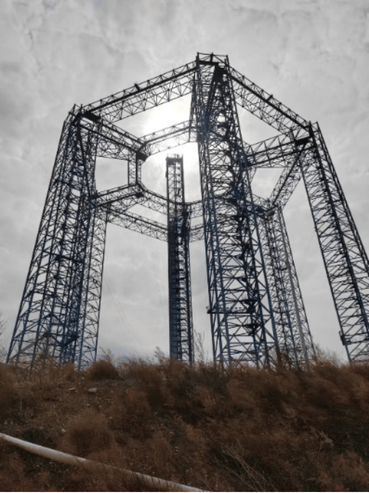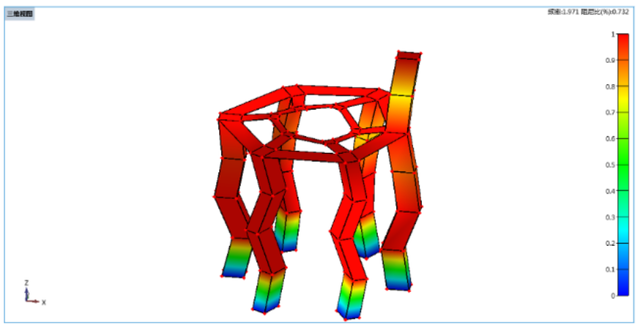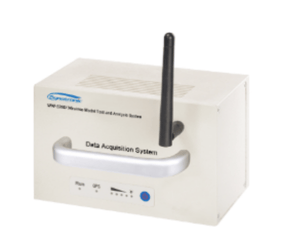Spacecraft Recovery Tower Modal Testing with WW-826D
Project name: Spacecraft Recovery Tower Modal Testing
In February 2023, the Aeronautical Engineering Research Institute conducted a comprehensive modal testing campaign on a spacecraft recovery tower using eight Dynatronic WW-826D Wireless Modal Test and Analysis Systems. The goal was to evaluate the structural dynamics of the tower, ensuring its resilience and alignment with theoretical models.
Test Overview
Structure dimensions: Platform height: 140 meters; Highest point: 217 meters; Supported by six columns.
Test setup: 120 measurement points deployed; force-free method applied for modal parameter identification.
Results: Experimental data closely matched the client’s FEM predictions, fully meeting requirements.
Technical Insights
Wireless Advantage
The WW-826D system eliminated the need for complex cabling, a critical factor when testing structures exceeding 200 meters. Synchronization accuracy across all nodes was maintained at <10μs, ensuring high-fidelity data capture.Modal Identification Method
Operational Modal Analysis (OMA) was employed, as using traditional exciters was impractical for such a tall structure. The system identified the first six bending and torsional modes, ranging from 0.5 to 5 Hz.Validation Approach
Experimental mode shapes were quantitatively compared to FEM predictions using the Modal Assurance Criterion (MAC), achieving MAC values greater than 0.85, confirming strong correlation.Environmental Adaptability
The systems demonstrated reliable operation at -15°C and IP65 protection ensured resistance against snow and dust.
Conclusion
The spacecraft recovery tower modal test confirmed the structure’s dynamic behavior aligned closely with FEM predictions, validating both the design and the wireless measurement approach. By leveraging the WW-826D system, engineers achieved high-precision, cable-free data acquisition across 120 measurement points, demonstrating the effectiveness of wireless modal testing for tall, complex structures in challenging environmental conditions.
This test highlights the versatility of Dynatronic’s WW-826D systems for large-scale civil infrastructure, extending applications beyond aerospace to wind turbines, bridges, and other tall structures. The successful deployment validates wireless modal testing as a reliable, efficient solution for modern engineering challenges.
Key Terms:
Force-free method: Excitation from ambient vibrations only.
MAC validation: Quantitative metric for mode shape correlation.
OMA: Output-only modal analysis for structures where input force is not measurable.



